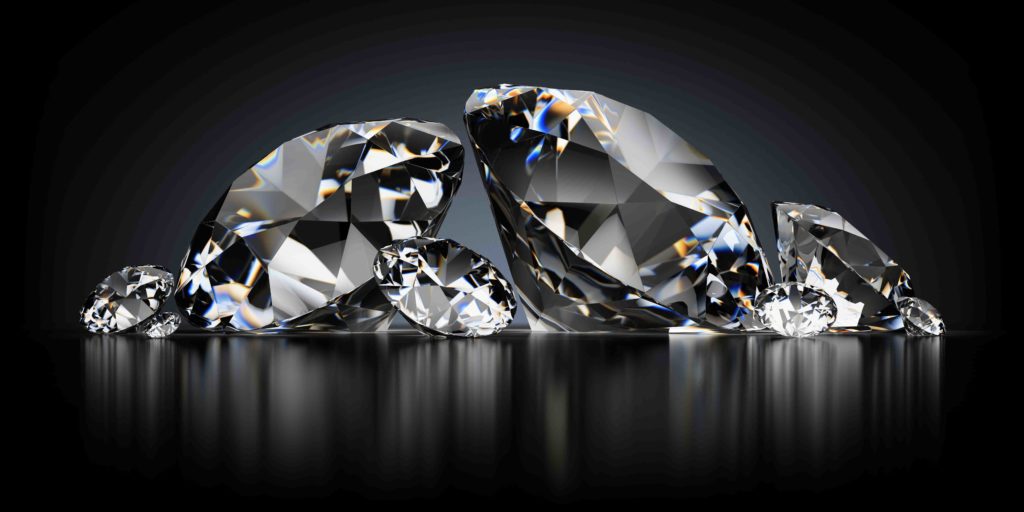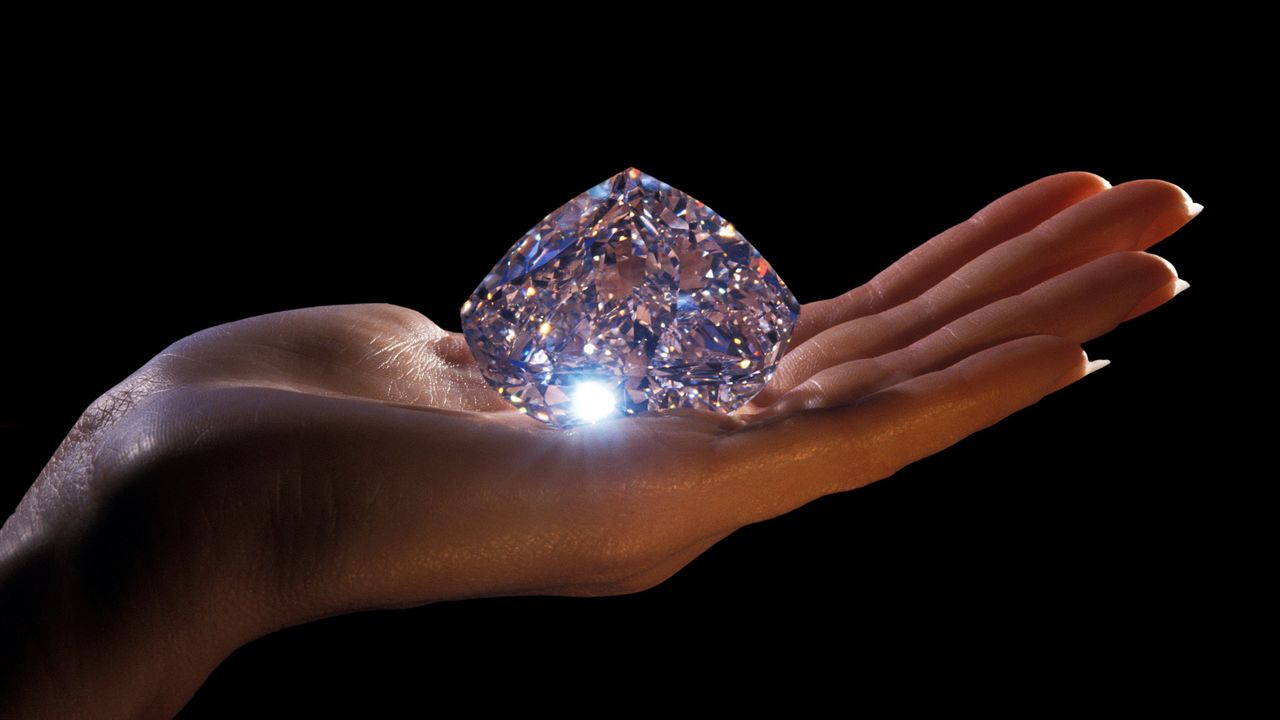Lab grown diamonds CVD, especially those created using Chemical Vapor Deposition (CVD) technology, have been gaining momentum in recent years. This innovative approach to diamond production offers a sustainable, ethical, and cost-effective alternative to mined diamonds. In this article, we delve into the world of lab grown diamonds CVD, exploring their creation process, benefits, misconceptions, comparison to natural diamonds, tips for choosing the right one, and the future outlook of this industry-disrupting innovation.
Understanding Lab Grown Diamonds CVD
What are CVD Diamonds?
CVD diamonds, short for Chemical Vapor Deposition diamonds, are lab grown diamonds CVD created through a sophisticated process that involves mimicking the natural diamond formation environment. Unlike mined diamonds, which are formed deep within the Earth’s mantle over millions of years, CVD diamonds are produced in controlled laboratory settings within a matter of weeks.
Why Choose Lab Grown Diamonds?
Choosing lab grown diamonds CVD offers numerous advantages over their mined counterparts. Not only are they environmentally friendly and ethically sourced, but they also provide exceptional value in terms of quality and clarity. Moreover, the process of creating lab grown diamonds allows for greater control over the diamond’s characteristics, resulting in a more consistent and reliable product.
The Process of Creating CVD Diamonds
Seed Crystal Formation
The process begins with the creation of a seed crystal, which serves as the foundation for the diamond’s growth. This seed crystal is typically made from a small piece of natural diamond or a synthetic diamond substrate.
Chemical Vapor Deposition
During the CVD process, a mixture of carbon-containing gases is introduced into a growth chamber, where it undergoes decomposition in the presence of a heated substrate. As a result, carbon atoms accumulate on the seed crystal, gradually building up layer by layer to form a diamond.
Growth Chamber Conditions
The growth chamber conditions, including temperature, pressure, and gas composition, are carefully controlled to ensure the optimal growth of the diamond. By fine-tuning these parameters, manufacturers can produce diamonds with precise specifications regarding size, color, and clarity.
Benefits of Choosing Lab Grown Diamonds
Environmentally Friendly
One of the most significant advantages of lab grown diamonds is their minimal environmental impact. Unlike traditional diamond mining, which involves extensive land excavation and habitat disruption, the production of lab created diamonds requires significantly fewer resources and generates minimal waste.
Ethical Sourcing
Lab grown diamonds are also ethically sourced, eliminating the ethical concerns associated with the diamond mining industry, such as human rights abuses and conflict financing. By choosing lab grown diamonds, consumers can support ethical practices and contribute to positive social change.
Cost-Effectiveness
In addition to their environmental and ethical benefits, lab grown diamonds are also more cost-effective than natural diamonds. The controlled production process allows manufacturers to produce diamonds more efficiently and at a lower cost, making them accessible to a wider range of consumers.
Quality and Clarity
Contrary to common misconceptions, lab grown diamonds are indistinguishable from natural diamonds in terms of quality and clarity. In fact, many lab grown diamonds exhibit superior characteristics, such as fewer inclusions and a more consistent color. With advancements in technology, lab grown diamonds are becoming increasingly desirable for their exceptional beauty and value.
Debunking Common Misconceptions
Are Lab Grown Diamonds Real?
Yes, lab grown diamonds are real diamonds with the same chemical composition and physical properties as natural diamonds. They are simply created through a different process in a laboratory setting rather than mined from the earth.
Do They Lack Value?
Lab grown diamonds offer excellent value for money, providing the same beauty and durability as natural diamonds at a fraction of the cost. Their ethical and environmental advantages further enhance their value proposition, making them a preferred choice for conscientious consumers.
Are They Lower Quality?
On the contrary, lab grown diamonds often exhibit higher quality and clarity than natural diamonds due to the controlled production process. With fewer inclusions and consistent color, lab grown diamonds offer exceptional beauty and brilliance that rival their mined counterparts.
Lab Grown Diamonds vs. Natural Diamonds
Physical and Chemical Properties
Both lab grown diamonds and natural diamonds share identical physical and chemical properties, including hardness, brilliance, and refractive index. From a scientific standpoint, there is no difference between the two.
Sustainability and Environmental Impact
Lab grown diamonds have a significantly lower environmental impact compared to natural diamonds, as they do not require mining or extensive land disturbance. By choosing lab grown diamonds, consumers can minimize their carbon footprint and support sustainable practices in the jewelry industry.
Price Comparison
In terms of price, lab grown diamonds are typically more affordable than natural diamonds, offering excellent value for money without compromising on quality or beauty. With the rising popularity of lab grown diamonds, consumers have more options than ever before to find the perfect diamond at a price that suits their budget.
How to Choose the Right Lab Grown Diamond
Understanding the 4Cs
When selecting a lab grown diamond, it’s essential to consider the four Cs: carat weight, cut, color, and clarity. These factors determine the diamond’s overall quality and appearance, ensuring that you choose a diamond that meets your specific preferences and budget.
Certification and Authentication
Before making a purchase, always ensure that the lab grown diamond comes with proper certification from a reputable gemological laboratory, such as the Gemological Institute of America (GIA) or the International Gemological Institute (IGI). This certification provides assurance of the diamond’s authenticity and quality.
Choosing a Reputable Retailer
Lastly, choose a reputable retailer with a track record of selling high-quality lab grown diamonds and providing excellent customer service. Look for retailers who are transparent about their sourcing and manufacturing processes, and who offer warranties and guarantees on their products.
The Future of Lab Grown Diamonds
Growing Popularity
As awareness of the environmental and ethical issues associated with traditional diamond mining continues to grow, so does the popularity of lab grown diamonds.






:max_bytes(150000):strip_icc()/labgrownlede-2b7540f7f7404558a08f1a555862f3d3.jpg)
